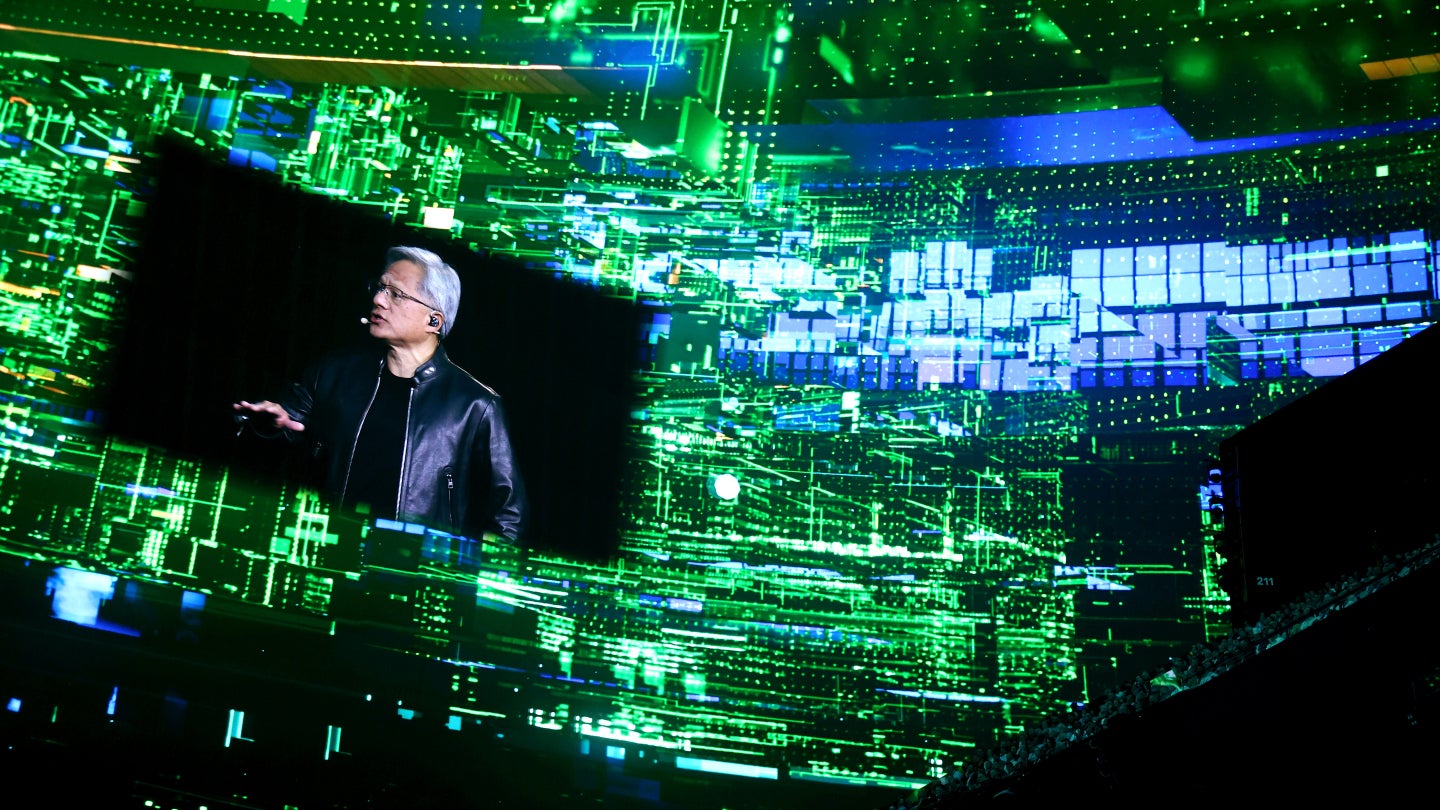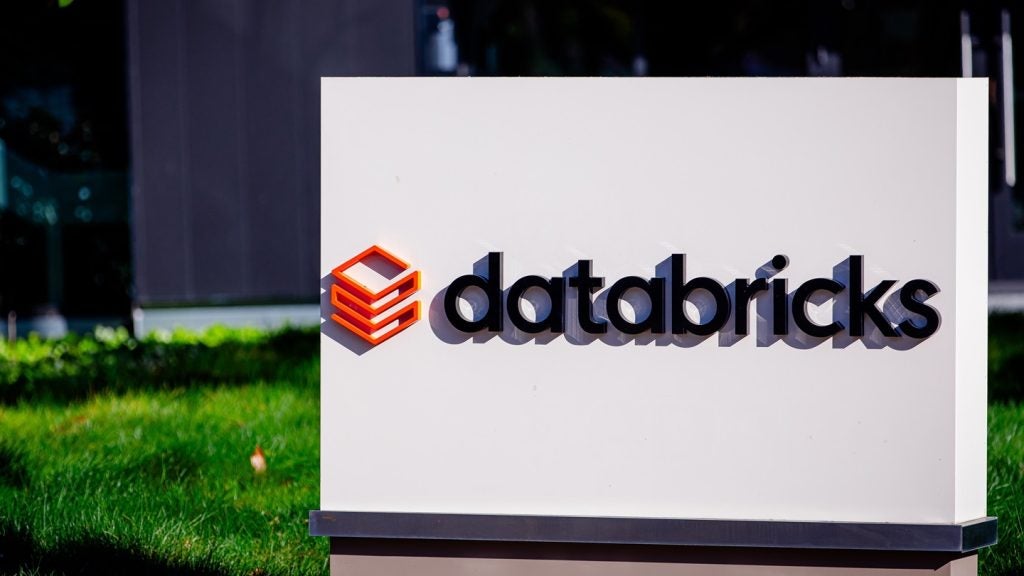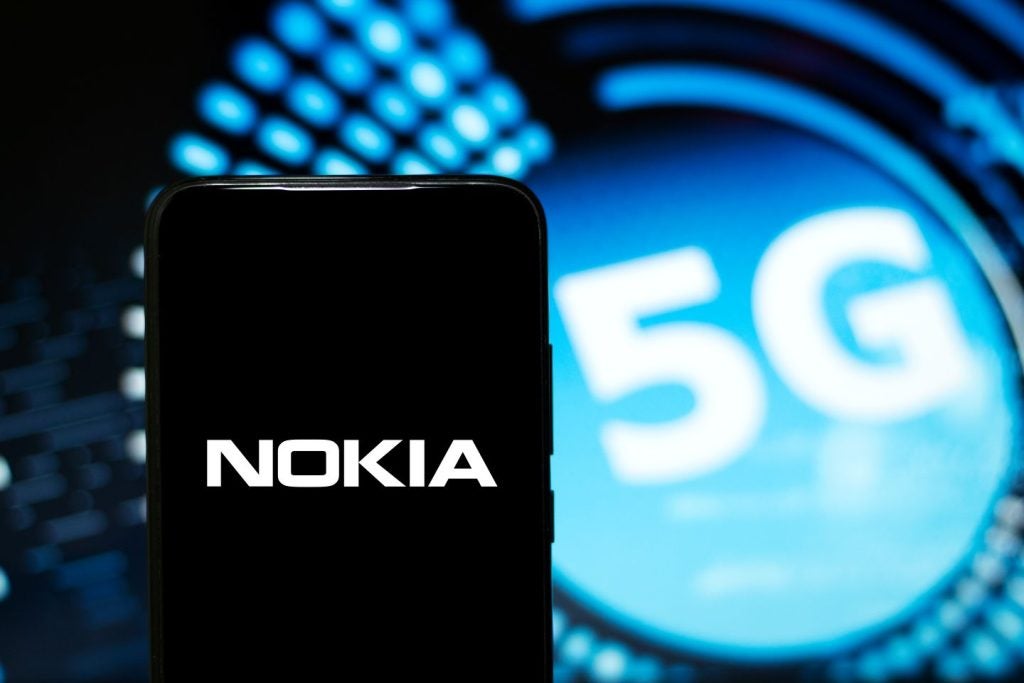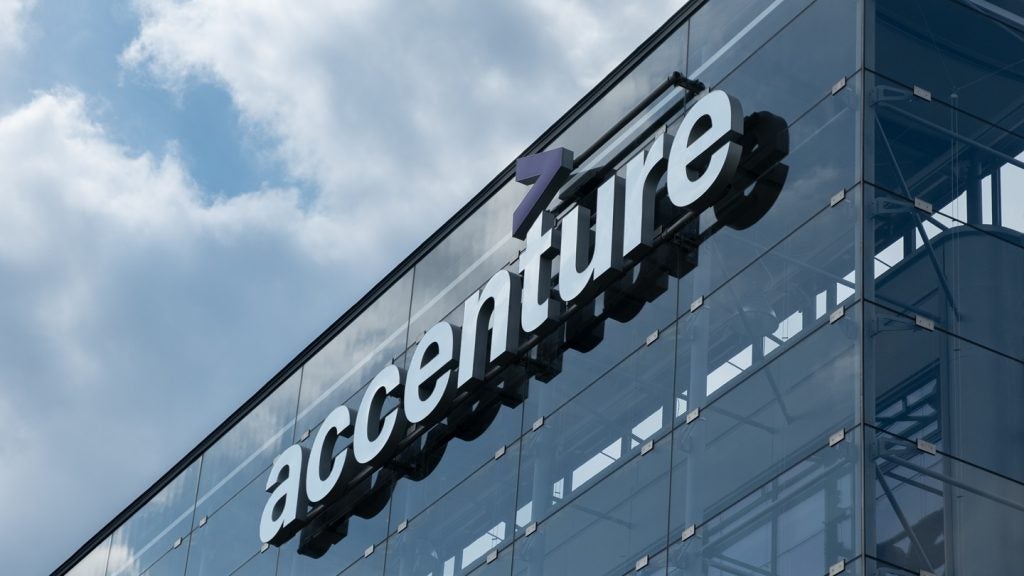
The ascension of Nvidia last week to the rarified position of being the most valuable company in the world completes a journey from it being a graphics card (GPU) manufacturer for gamers to an artificial intelligence (AI) behemoth powering the world’s biggest companies.
It also shows just how much belief in AI investors have that such a company – granted a successful one in its own right – can be lifted from a market cap of under $300bn in October 2022 to twelve times that figure less than three years later.

Access deeper industry intelligence
Experience unmatched clarity with a single platform that combines unique data, AI, and human expertise.
Nvidia’s current cap of $3.34trn edges it above Microsoft at $3.32trn. For context, Microsoft products are among the most ubiquitous in the world, and it employs upwards of 220,000 worldwide – making it nearly 750% the size of Nvidia in that respect.
Is Nvidia overvalued? Very possibly. But are investors right in believing its technology will be revolutionary? Almost certainly.
“Nvidia’s valuation is arguably underpinned by a dual thesis,” Josep Bori, research director for thematic intelligence at GlobalData, tells Verdict. “First, that the generative AI adoption boom will continue driving demand for raw computational power. Second, that Nvidia will manage to keep its product leadership, therefore continuing to capture the lion’s share of that market opportunity.”
Expanding on this, Beatriz Valle, senior analyst for enterprise technology and services at GlobalData, adds: “Nvidia’s current valuation reflects the market’s optimism about the future of AI. The company’s GPUs are considered essential for training and deploying AI models, making it a prime beneficiary of the AI revolution. However, the valuation also carries a degree of risk, as it is based on expectations of sustained high growth in AI adoption across various industries.

US Tariffs are shifting - will you react or anticipate?
Don’t let policy changes catch you off guard. Stay proactive with real-time data and expert analysis.
By GlobalData“While the potential for AI is vast, the technology’s actual impact and adoption trajectory may vary, affecting Nvidia’s future financial performance. While it currently holds a leading position in the GPU market, competition from AMD and other chipmakers is intensifying, potentially impacting Nvidia’s future market share and profitability.”
GlobalData’s recent Tech Sentiment Polls Q2 2024 crystallised the confidence that there is in AI. Of the major technologies covered, it is comfortably the one that businesses across industries most feel will disrupt industries to some extent, with 75% of respondents indicating as much.
Nvidia’s gaming roots
Those who grew up gaming in the 90s will be all too familiar with Nvidia’s core industry. Its first product, the NV1 multimedia accelerator, was designed to support the likes of Sega’s Virtua Fighter and Papyrus’ Nascar Racing.
It was the launch of the company’s feted GeForce range of GPUs, though, that set it on course for its current heady heights. Major late 90s and early 00s games like Quake III and Unreal Tournament were a step-change in graphics made possible by the likes of Nvidia’s processors and cemented the company as one of the GPU manufacturers of choice, if not the GPU manufacturer of choice.
Understanding that is crucial to understanding how Nvidia has summitted the valuations of all other companies worldwide. While Nvidia did not set out to be an AI-focussed chip manufacturer, GPUs lend themselves well to AI processing due to their use of many cores in parallel to handle the complex computing requirements of graphics rendering. This would gradually become apparent in the early-to-mid 2010s, and that realisation is reflected in the increasing number of mentions of AI in Nvidia company filings over the last decade.
“Having initially gained prominence through its GPUs designed for gaming, Nvidia’s trajectory significantly evolved,” says Valle. “It diversified its portfolio across various industries including gaming for PCs and consoles, data centres, visualisation tools in design, engineering and architecture and high-performance computing.”
Far from its original focus, Nvidia’s long-term growth, Valle says, is to be expected in the automotive and data centre sectors.
Nvidia’s pivot to AI
The Nvidia Drive platform was debuted at the Consumer Electronics Show in January 2015. The initial Drive PX iteration was positioned as an “auto-pilot development platform provides the technical foundation for cars with completely new features that draw heavily on recent developments in computer vision and deep learning.”
While Nvidia had worked in automotive since the mid-2000s, the launch of the Drive platform heralded the beginning of its evolution into an AI-focussed cross-sector company. Today, it works with a who’s who of automotive manufacturers, including traditional big hitters like Mercedes-Benz, Jaguar Land Rover and Volvo, as well as electric vehicle majors like BYD, Nio and Polestar.
The launch of its DGX-1 deep learning supercomputer a year later marked Nvidia’s expansion beyond just its previous GPU and high-performance computing, cloud and virtualisation work in data centres into AI-specific provision for data centres. The DGX platform is aimed at accelerating AI and deep learning work for in data centres for enterprises, research institutions and cloud service providers. It is used today by the likes of Shell, BMW and Sony.
Nvidia’s subsequent launch three years later of its Clara computing architecture took the company into healthcare, with “a combination of hardware and software brings AI to the next generation of medical instruments.” Today, the Nvidia Clara suite powers solutions for accelerating drug discovery in biopharma, powering medical device workflows, harnessing medical imaging data to build deep learning models and applications and analysing genomics at speed. Its healthcare tie-ups have included Amgen, the Francis Crick Institute and Siemens Healthineers.
Nvidia’s AI-powered present and future
Of Nvidia’s focus today, Bori says: “While historically Nvidia has operated in specific verticals, such as gaming initially and more recently automotive and healthcare, the ongoing adoption of generative AI is effectively giving it access to most sectors. Thanks to its dominance of the data centre AI training market, any enterprise that embarks into designing and training its own large language models, is likely to end up using Nvidia GPUs.
“Whether it is a consumer goods company developing a AI-powered customer advisor chatbot, a financial services company building a financial advisor chatbot, or an engineering company using generative AI to speed up the new product design process, they will ultimately need GPUs to train those LLMs.”
Bori suggests that there are two main deployment scenarios for Nvidia today with its refocused direction.
“If an enterprise uses an LLM hosted in the cloud by an AI provider such as OpenAI, Alphabet, or Anthropic, they will in fact be using Nvidia GPUs as these vendors are choosing them over competitors due to their superior performance, both in absolute terms and from a power efficiency perspective,” he says. “If, alternatively, an enterprise decides to use an open source LLM from the likes of Meta or Mistral AI and run it themselves, they will typically host them on the cloud anyway due to their sheer size. Again, most public cloud providers, such as Amazon, Microsoft, or Google, offer very limited choices in terms of GPUs for AI workloads, and Nvidia is again the top choice.”
Despite this current dominance, Bori notes that the sector remains competitive and, as Valle noted, is clear that Nvidia has by no means a free run at the top spot.
“While AMD launched its AMD Instinct MI300X GPU at the end of 2023, which is competitive to Nvidia’s H100 from a performance standpoint, the latter quickly responded by launching its Blackwell B200 GPUs in March 2024, which again leapfrogged AMD’s even before many customers had the chance to consider switching vendors,” he explains. “Competition is fierce given the size of the opportunity, and Nvidia is running fast to keep it at bay. In fact, when it launched the B200 GPUs, Nvidia also announced its commitment to releasing new chips annually going forward.”







